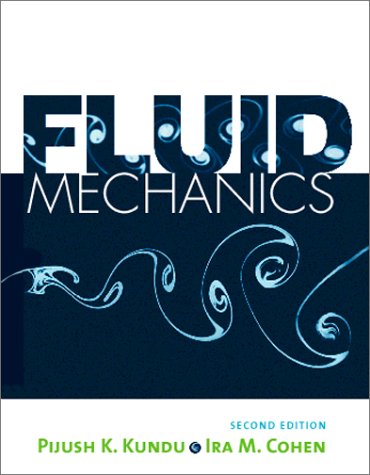- 2 402 202 книги
- Поиск
libcats.org










Essential Fungal Genetics
David Moore, LilyAnn Novak FrazerMost genetics textbooks deal adequately with plant and animal genetics, but tend to neglect fungi except for two areas. Firstly, the ascus segregations which, in the 1960s, contributed so much to developing an understanding of the mechanism of recombination and secondly, the contribution that work on yeast (as a model eukaryote) is currently making to understanding cell cycle control and its genetic regulation. Consequently, most introductory genetics texts will leave the reader/student with the impression that fungi are of use when peculiarities of their structure or life style suit them to particular experimental approaches, but are not worth mentioning otherwise. The authors have produced a book that will compensate for this imbalance. This book discusses the genetics of fungi in a way that is attractive and challenging, succinct yet comprehensive, sensitive to commercial and applied aspects, yet also theoretical, dealing with their genetics from molecules to individuals to population. This short text will be an ideal supplement to the established basic textbooks in genetics or can be used as the sole text for an advanced course devoted to fungal genetics.
EPUB | FB2 | MOBI | TXT | RTF
* Конвертация файла может нарушить форматирование оригинала. По-возможности скачивайте файл в оригинальном формате.
Популярные книги за неделю:

Проектирование и строительство. Дом, квартира, сад
Автор: Петер Нойферт, Автор: Людвиг Нефф
Размер книги: 20.83 Mb

Система упражнений по развитию способностей человека (Практическое пособие)
Автор: Петров Аркадий НаумовичКатегория: Путь к себе
Размер книги: 818 Kb

Сотворение мира (3-х томник)
Автор: Петров Аркадий НаумовичКатегория: Путь к себе
Размер книги: 817 Kb

Радиолюбительские схемы на ИС типа 555
Автор: Трейстер Р.Категория: Электротехника и связь
Размер книги: 13.64 Mb
Только что пользователи скачали эти книги:

Непрерывный вейвлетный анализ и его приложения
Автор: Короновский А.А., Автор: Храмов А.Е.
Размер книги: 3.26 Mb

Fluid Mechanics
Автор: Pijush K. Kundu, Автор: Ira M. CohenКатегория: Механика
Размер книги: 28.46 Mb

Reflection and Refraction of Electrons by a Crystal of Nickel
Автор: C. J Davisson
Размер книги: 879 Kb

Восхождение к Дао
Автор: (пер. Малявина) Ван ЛипинКатегория: 1995689-Библиотечка Цигун
Размер книги: 3.88 Mb

Robot Motion and Control 2007 (Lecture Notes in Control and Information Sciences)
Автор: Krzysztof R. Kozlowski
Размер книги: 13.26 Mb

RNA Processing: A Practical Approach: Volume II
Автор: Stephen J. Higgins, Автор: B. David Hames (eds.)
Размер книги: 26.05 Mb




